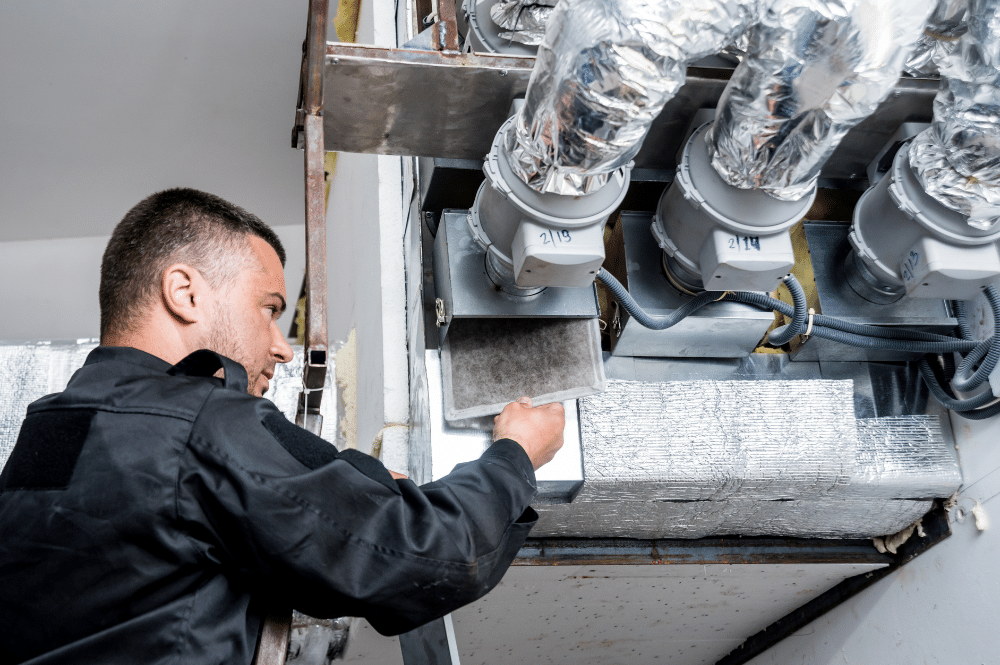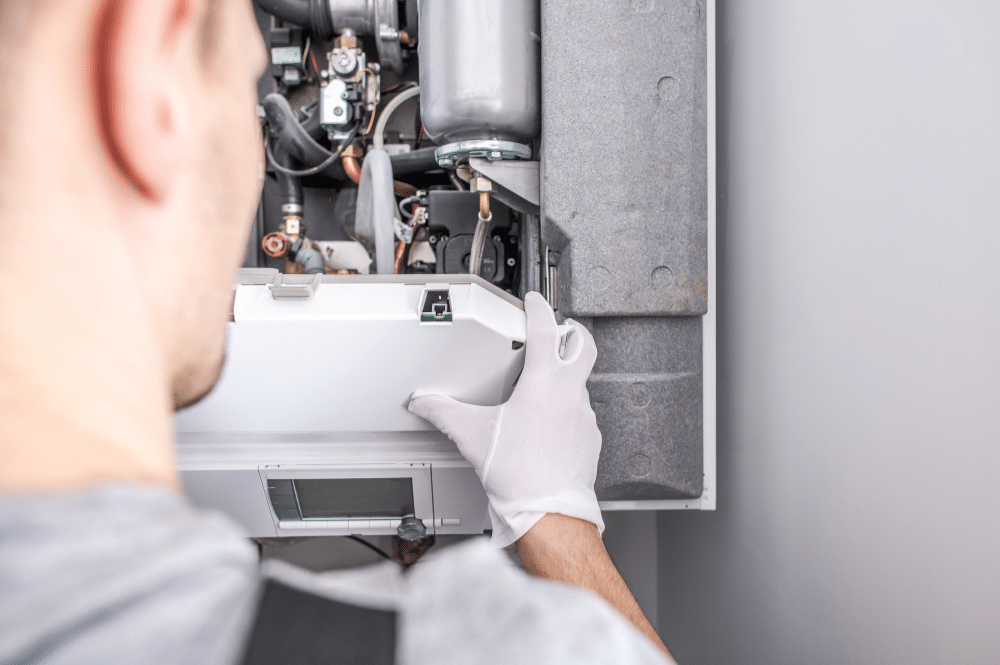The last thing you want to do during hot Texas summers is to overwork your air conditioner, whether it’s in your entire house or just one room. To keep your air conditioner in good working order and to keep your house cool all season, follow these guidelines from AC Repair Austin.
Know How Your Home’s Air Conditioner Operates
Most central air conditioners consist of two fundamental components: an indoor unit (evaporator) that is situated in a central duct close to your furnace and an outdoor unit (compressor/condenser) that is situated next to your home. A heat pump’s indoor unit is located in the air handler if you don’t have a furnace.
You can utilize the handbook that came with your unit to learn more. Additionally, when AC Repair Austin completes an inspection of your unit, ask if you can follow the technician to understand what they are doing and why. This won’t make you an expert, but it will provide you with more knowledge.
Pay Close Attention to the Fins of Your Unit
Take off the outside covers and use a strong shop vacuum with a brush attachment to get rid of any dirt on the outside. Then, use a garden hose to spray through the fins from the inside out to get rid of any dirt or debris that has built up between them. Don’t use a pressure washer because the force can hurt the fins.
If the fins are especially dirty, you can buy a spray to clean them that you can buy at home improvement stores. Read the directions and do what they say.
You May Need to Fix a Home Air Conditioner Pad That Is Sinking
Over time, the concrete pads under your air conditioner may settle. The pad sinking is okay as long as there is no stress placed on the copper coolant tubes and electrical wires, the unit remains dry and level, and these conditions are met. However, you’ll need to take action if it keeps sinking and tightens the lines or if water pools nearby the unit.
Consider Purchasing a Programmable Thermostat
In light of the state of AC technology today, a programmable thermostat is a need. To help you save money and manage your cooling without continually glancing at the dial, programmable thermostats let you set temperatures for different times of the day and automatically reduce the temperature when you need it.
Air Conditioning Units Should Have an In-Line Duct Booster
A duct or vent booster fan can improve the flow of cool air into a room that has forced-air cooling but is still hotter than the others. There are two different types of booster fans. A booster fan for in-line ducts is placed inside the duct of the space you’re trying to cool. The fan is mounted next to an outlet, and when your cooling system is running, it automatically turns on.
Directly on top of or in place of the ceiling, floor, or wall registers, vent and register booster fans are installed. Depending on the model, you will have a switch to operate it, a remote control, or configure it to function automatically.
Is Your Air Conditioner Loud?
If your condenser is fairly new, the compressor is probably making the most noise. Modern appliances have very quiet fans. To obtain a sound blanket for your specific model, get in touch with the maker, or get a generic one. It’s simple to install. An old unit won’t benefit from a blanket because the loud fan will still be audible.
Condensate Drain Tube Clog Removal
You have a clogged condensate drain tube if water is seen puddled around the furnace when the air conditioner is running. Bacteria found in condensation from air conditioning coils can produce slime and clog the drain tube for the condensate pan.
Change the Filter
At a nearby switch or the main panel, cut off the furnace’s electricity. After that, remove the furnace filter and inspect it for dirt accumulation. Adapt it if required.
Is Your AC Unit the Right Size?
The amount of cubic feet that an AC unit needs to cool is carefully considered during sizing. This is crucial if you’re remodeling your home or buying a new air conditioner. It will work too hard to cool the air, wear down more rapidly, and struggle to satisfy the thermostat’s requirements if an AC unit is rated for a smaller room than the one you have. To assess this, consult AC Repair Austin. A specialist can come out and give you an AC unit an inspection, as well as look to see if it is an appropriate unit for your house.
Consider a Whole House Fan
For more than a century, whole-house fans have kept homes cool. The basic design is straightforward: Hot air is forced out of attic vents by an attic-mounted fan, while the cooler outside air is drawn in through open doors and windows. Large fans can quickly exchange air, clearing a house of hot air in two to three minutes, which not only eliminates accumulated heat but also produces a relaxing breeze.
Pay Attention to Your Windows
If you’re like most people, you love natural light and breeze, but there are some disadvantages when it comes to heating and cooling your home. Windows, particularly those that are left open, let a lot of heat into the house.
Pay attention to your windows as well if you want to effectively manage the temperature in your home. During the hottest hours of the day, keep them closed and covered with blinds or drapes, especially if they are facing the sun.
Examine the Insulation of Your Unit
The effectiveness of your unit can be increased by replacing the rotten or damaged insulation surrounding the outdoor AC lines. It is possible to do this by yourself if you have some concept of how your unit works. But, in many instances, calling your AC Repair Austin team will ensure that your unit is assessed properly to maintain consistent functioning.
Look for Air Leaks in Your House
Turn off all the fans and exhaust fans in the house, close all the windows, and turn off the furnace. Walk gently around the house’s exterior walls after lighting some incense. There most likely is an air leak anywhere you see the smoke moving toward or away from something.
Summary
As you can see, many of these tips and tricks are things you can handle yourself with a bit of knowledge. Others should be handled by the technicians at Schneider Mechanical in the Austin area. This family-owned company has been helping you with your heating and cooling needs for more than ten years. Contact them today to schedule an inspection for your home.




